
View from the lobby at the Fairmont Orchid hotel
As some of you know, I helped organize a workshop on Open Science at this year’s Pacific Symposium on Bicomputing. I was grateful to have as my co-chair a certain Cameron Neylon, who has spent far longer pondering the issues we were going to discuss and has organized some similar meetings in the past. Cameron took on most of the meat work of the workshop for this reason – writing the introduction for the proceedings, giving the introduction to the session, moderating the panel discussion, and presenting the highlights to the rest of the conference. As for me, I tried my best to be useful!
Others have summarized the workshop nicely so I won’t be doing that here. (If you’re interested in viewing any of the slides or talks, you can access a full list of them from the workshop’s media page.) Instead, I’ll just reflect a bit on what it was like to organize a workshop for the first time, and how I found the Big Island of Hawai’i (hint: it’s a very unique place).
Hurry up and wait
Organizing something starting from almost a year ahead of time was an interesting exercise, marked by short bursts of furious activity followed by long stretches of inactivity. For most of the year, I wondered if I was supposed to be doing anything! But the reality is often that there simply isn’t anything to do until certain times, and then you have to get a lot of things done quickly. For us, we had about 5 flurry points: getting the proposal submitted, taking care of administrative stuff after the proposal was accepted, evaluating and responding to talk proposals, preparing the introduction for the proceedings, and running the actual workshop.
It’s all about the Benjamins
One very important task that didn’t quite fit the mold of hurry up and wait was fundraising. We started looking into this in the spring after our proposal was accepted, and didn’t really stop looking until early fall. One challenge was the nature of the workshop itself, which didn’t fit very neatly into existing categories. Most funding organizations have specific topic areas in which they will fund projects, but these tend to be domain-based, e.g. cancer or infectious disease. Others will fund individuals – minority scientists, for example – working in specific areas of research. We felt it might be difficult to obtain funding from the traditional granting agencies so we tried several companies and organizations associated with companies. Even with connections at some of them, our proposals didn’t get any consideration.
Our only successful proposal was to the Burroughs Wellcome Fund, which, ironically, is more of a traditional granting agency. I sent essentially identical proposals to two different topic areas, one of which was rejected twice – the program officer deleted it the first time thinking it was a conference invitation, and then formally rejected it the second time after I wrote again to inquire about it. (This was actually a problem I never really came up with a good solution for. What do you put as the subject line in an email so that it doesn’t sound like spam?) The other was the one that ended up getting funded. Nothing distinguished it from the other requests except where we sent it, and even here, I had to inquire more than once to make sure someone saw it.
In the end, the money had a huge impact. Not only did it allow me to go to the workshop (!) but we were able to fund several of our participants and had some money left over to cover an emergency (which happened, of course). Having even more money would have helped, because we could have used it to support Kaitlin Thaney from Science Commons. I learned several things:
- Fundraising is one of the most important aspects of organizing an event
- Look for funding in as many places as possible. Leverage your network but realize that it won’t always help you get money.
- Apply to multiple places within one organization if you can. Sometimes the same proposal will get different consideration depending on whose desk it ends up on.
- Be persistent. If you don’t hear back within a month, contact them again. Contact them at least twice, or until you get a response. If you get any leads at all, follow up – treat every lead like it’s the only one you might get. After all, it never hurts to have too much money, but you literally can’t afford not to have any.
- (If applicable) Being a student has its pros and cons. On the one hand, you’re an unknown (and so might go straight into the trash folder); on the other hand, you present a sympathetic case. If you can actually get someone’s attention, they will probably understand that you really need the money and that you probably don’t have many other options. So again, be persistent, and emphasize the fact that you’re a student and the reason you need funds is for other students.
Murphy’s law is alive and well
 Whatever can go wrong, will go wrong. And while rarely does everything go wrong, rarely does nothing go wrong. In our case, we had several of our headlining speakers, including the keynote, drop out at the last minute for various reasons and had to scramble to find a replacement. The workshop would probably have been fine even if we hadn’t found one, but we were extremely fortunate that Phil Bourne agreed to participate on 2 days notice, as he contributed a great deal of legitimacy as well as content to the workshop.
Whatever can go wrong, will go wrong. And while rarely does everything go wrong, rarely does nothing go wrong. In our case, we had several of our headlining speakers, including the keynote, drop out at the last minute for various reasons and had to scramble to find a replacement. The workshop would probably have been fine even if we hadn’t found one, but we were extremely fortunate that Phil Bourne agreed to participate on 2 days notice, as he contributed a great deal of legitimacy as well as content to the workshop.
We were very lucky that 1) Phil Bourne was free, 2) plane fares dropped very temporarily, 3) we had some funds left over, and 4) there were still affordable vacancies at the nearby Hilton, despite them hosting a conference of their own.
Speaking of things going right, we had very few technical difficulties, even with the live webcasts, so maybe Murphy was too busy relaxing on the beach to bother us during the actual workshop. ;)
Lava, lava, everywhere

Mountain goats next to the road

Love the contrast

Mauna Loa? or maybe Mauna Kea

Lava as far as the eye can see

Waipio valley
The Big Island of Hawai’i is strange, and wonderful. Bigger than all of the other islands put together, it is still very small by continental standards, as you can go from the west to the east in about an hour and north to south in probably about 2 hours. I can imagine a 7-10 day trip would be just about the right amount of time to explore the Big Island.
Given that there are five volcanoes (two of which are still active), the landscape is extremely varied. The central west coast is covered in piles of broken up lava rocks, making it look like a giant had recently tilled the ground with a huge shovel. Mountain goats almost the same color as the rocks perch on some of these piles. Along the ocean, however, the black lava rocks mingle with pure white wave-worn coral. One charming consequence of this is that instead of using spray paint to make graffiti, people use the white coral rocks to “paint” words and pictures on the dark rocky embankments along the roads.
As you go north, the rock piles give way to green swaths and rolling hills, all gently sloping down towards the ocean. In the center of the island are the high mounts of Mauna Loa and Mauna Kea, both of which sport snowy caps. In the valleys below them are broad expanses of young lava flows, shining black and rippled. When we visited this area, we alternately drove through thick fog, then bright sunshine and gusty winds, and finally rain.
On the northeast side of the island are the tropical forests and ridges, including the well-known Waipio valley. We got here too late to hike down into the valley, so we only went in about 1/3 of the way, but with a greater than 15% grade, it was still a workout!
At the southern end is Kilauea, the most active volcano on the island. Someone told me a story about how a small town was obliterated in the last big eruption, but some of the houses were completely spared. Lucky ducks, you think? Maybe not – it turns out those people couldn’t collect any insurance because there was no damage! Doesn’t matter if your house value just dropped to negative or if you can’t live there anymore because you’re surrounded by lava – the house is fine, so thanks for calling and have a nice life!
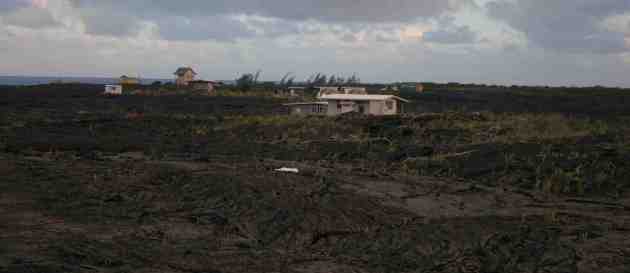
So much for volcano insurance
Anyway, Kilauea is still doing its thing, being hot and bothered and adding land mass to the island bit by bit. In the past, I’ve heard you could walk very close to the live lava flows, but these days the viewing areas are about half a mile from them, and so during the day all you can see is a huge column of roiling steam from the lava meeting the ocean. If you hike in close to sunset and stay after nightfall (headlamps or flashlights required), however, you can see a distinct red glow, and the occasional plume of sparks. Helicopters kept buzzing around the steam column, so if you can afford it, I bet the view from the helicopter is amazing.
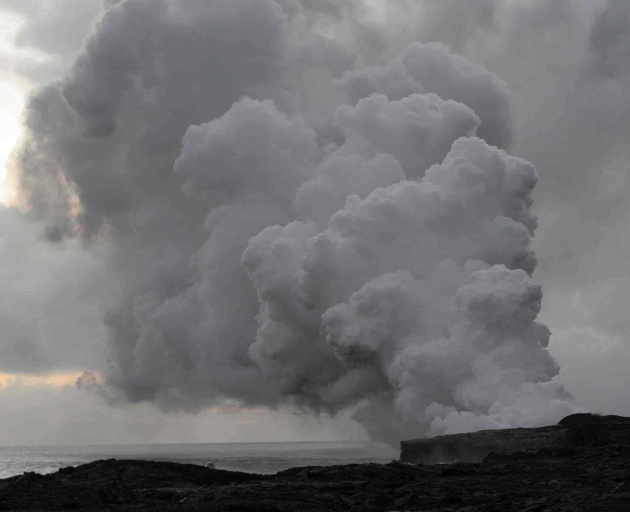
Awesome column




There was much more to see but my stay was short and busy. If I ever go back, I’ll definitely be going up to the observatory on Mauna Kea, swimming with manta rays near Kona, snorkeling at Hapuna beach, and hiking around the northeast part of the island.





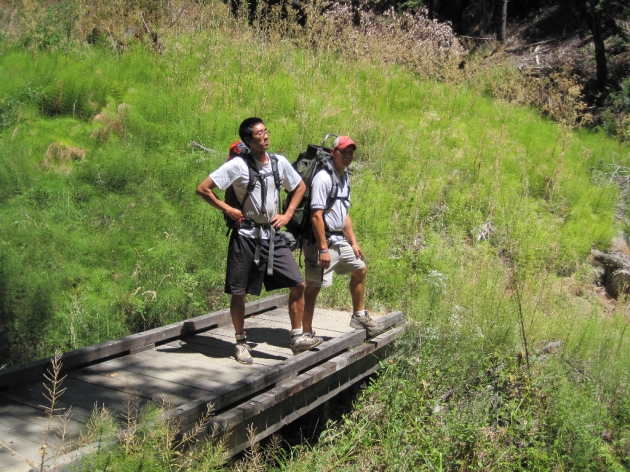

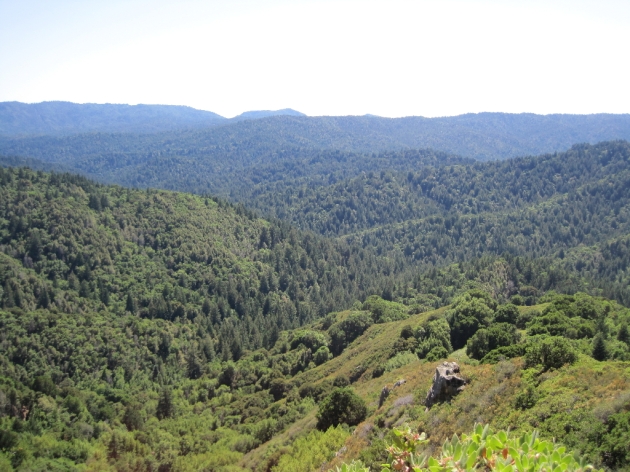
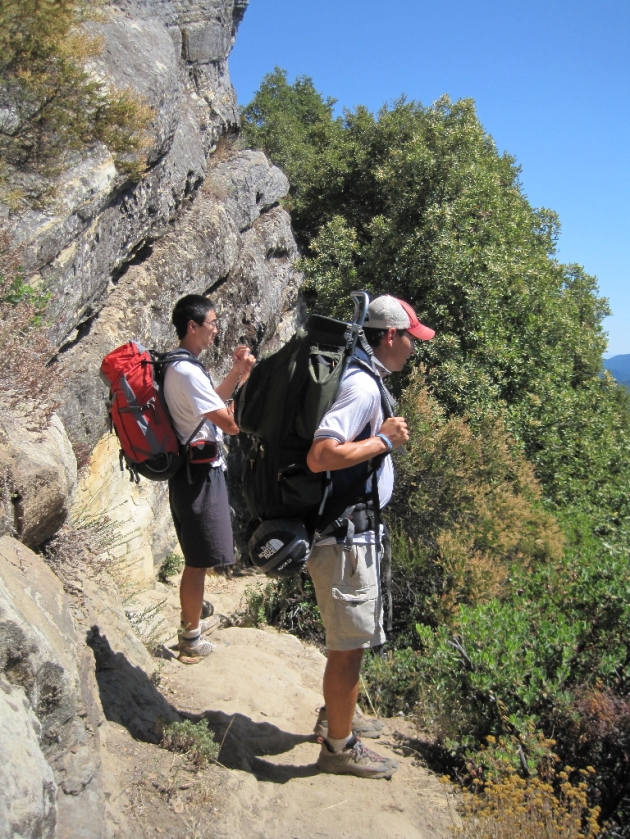
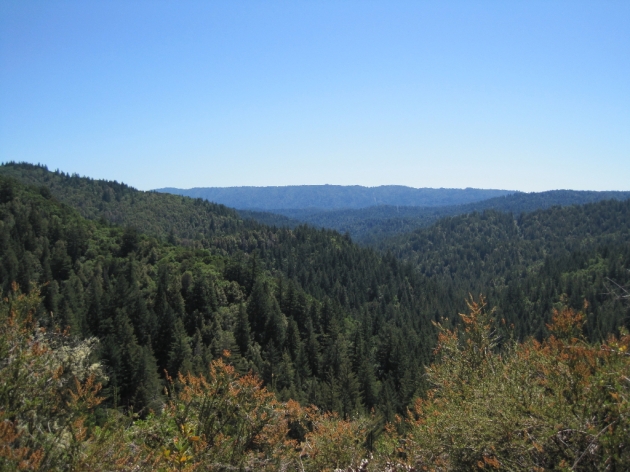
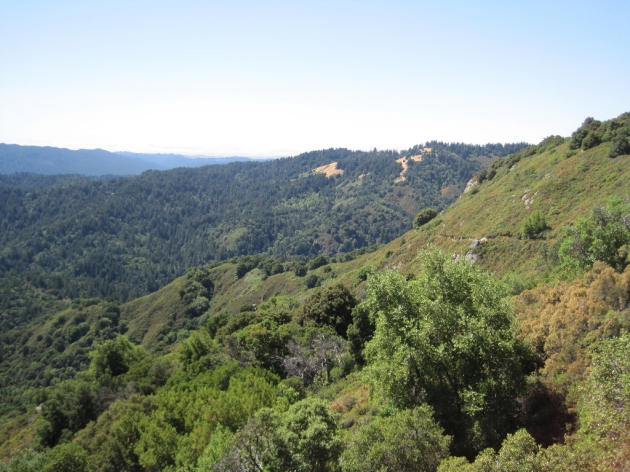
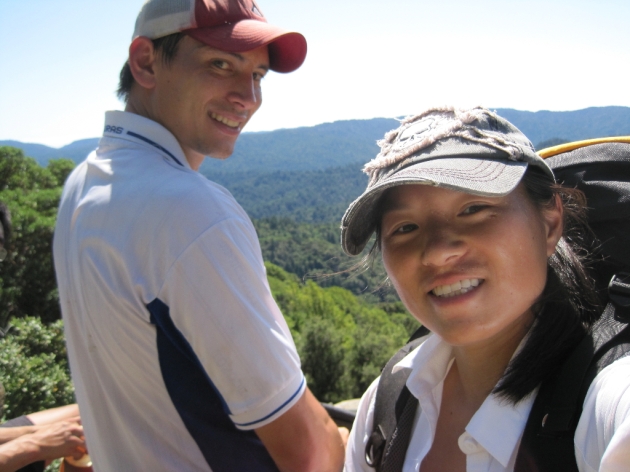





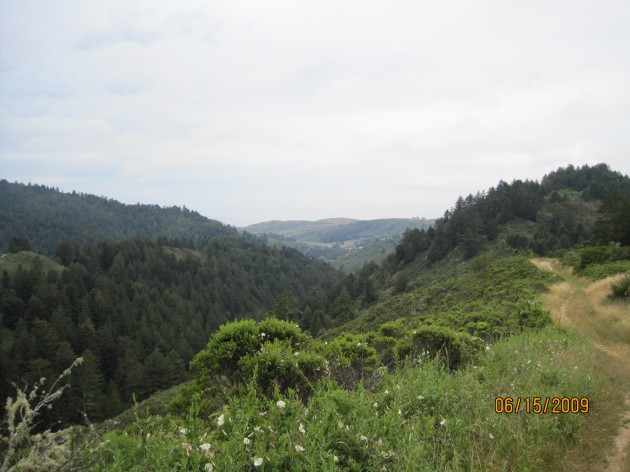




















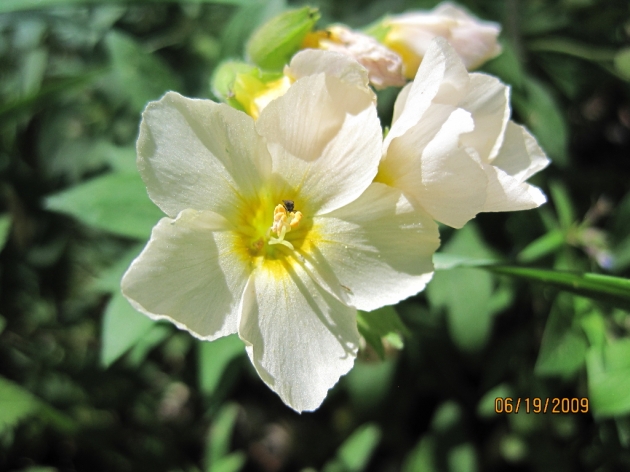

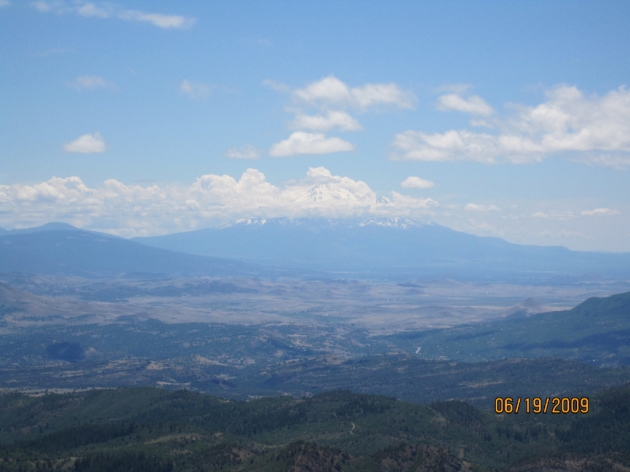
 No, the title isn’t the score between two Bay Area school teams – I went for a hike yesterday in
No, the title isn’t the score between two Bay Area school teams – I went for a hike yesterday in 
















 Whatever can go wrong, will go wrong. And while rarely does everything go wrong, rarely does nothing go wrong. In our case, we had several of our headlining speakers, including the keynote, drop out at the last minute for various reasons and had to scramble to find a replacement. The workshop would probably have been fine even if we hadn’t found one, but we were extremely fortunate that Phil Bourne agreed to participate on 2 days notice, as he contributed a great deal of legitimacy as well as content to the workshop.
Whatever can go wrong, will go wrong. And while rarely does everything go wrong, rarely does nothing go wrong. In our case, we had several of our headlining speakers, including the keynote, drop out at the last minute for various reasons and had to scramble to find a replacement. The workshop would probably have been fine even if we hadn’t found one, but we were extremely fortunate that Phil Bourne agreed to participate on 2 days notice, as he contributed a great deal of legitimacy as well as content to the workshop.










Latest comments